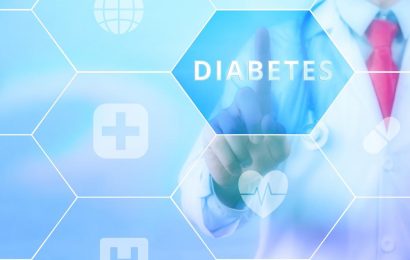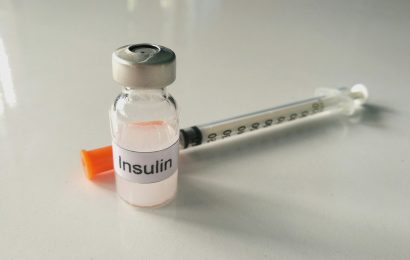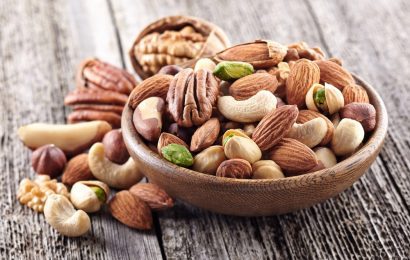Would it help you to know your glucose level without checking, or to know where it’s going to be in an hour? Perhaps you can. In blood glucose awareness training (BGAT), people learn to sense and predict their levels, allowing better decisions about activities, food, and insulin.
Developed by Linda Gonder-Frederick, PhD, Daniel Cox, PhD, and William Clarke, MD, at the University of Virginia, BGAT helps people link their actual blood sugar levels to physical and mental sensations. Trainees write down their feelings and sensations, such as tiredness, hunger, mental fuzziness, or whatever they’re feeling. They estimate their glucose level. Then they test with a meter and compare the two results. Over time, people’s estimates get closer and closer to their real numbers, and they learn to predict how those numbers will move.
BGAT’s main goal is detecting and preventing lows, especially with an eye toward avoiding driving and other dangerous activities when there is a chance of going low. Blood glucose awareness may be a higher priority for people with Type 1 on insulin than for others, because they have more danger of going low. Everyone benefits from awareness, though. If you know you are running high, you can figure out what’s going on and get your situation under better control.
According to its developers, BGAT may reduce people’s anxiety over blood sugar levels. Users may feel more in control of their body and less concerned about a sudden drop in their blood glucose levels. The journal Diabetes Care also found that depression levels were reduced when people with diabetes learned BGAT.
How Does BGAT Work?
BGAT participants use “blood glucose awareness diaries” and plot their glucose estimates against their actual numbers on an “error grid.” According to an article in Diabetes Spectrum, “The blood glucose awareness diary involves users’ observing and recording any blood glucose–relevant cues, estimating their blood glucose level based on these cues, and comparing their estimate to the current self-monitoring of blood glucose reading… This process is repeated throughout BGAT, with emphases on different cues as patients progress through different units, progressively refining their blood glucose estimation accuracy.”
After starting people with their records, the program teaches better understanding of external cues (foods, insulin, and physical activity), to help make sense of why blood glucose is where it is and what changes are likely to occur in the future. “The emphasis is on improving patients’ ability to identify mismatches in these three critical aspects of self-management that lead to blood glucose extremes,” the authors say.
Then the program teaches symptoms or internal cues, so the participants can better recognize and interpret symptoms of extreme blood glucose. People who seem highly unaware of hypoglycemia symptoms can often learn to become more aware with training.
As you probably know, early symptoms of low blood sugar include perspiration, shaking or trembling, tingling of the mouth or fingers, hunger, and/or rapid heartbeat. As sugar continues to drop, people might feel weak, sleepy, dizzy, or confused. They may have trouble speaking, thinking, walking, or operating machinery.
The problem is that, with time and repeated episodes of hypoglycemia, some of the early symptoms stop happening. You have to be more aware of what you’re feeling and look for subtler cues, because the symptoms may become less strong.
To me, this is the important part. Can we become more aware? That would involve paying more attention to our bodies, and less to all the tasks we have to do, the stresses we’re under, and to the constant distractions from the environment. In theory, people could learn to estimate their sugars as well as any meter. But they would have to pay a lot more attention to how they feel.
Another way is to monitor task performance levels as an indicator of glucose level. According to this article, a secretary might monitor his or her typing ability and notice if typing is slower, for instance. Or a carpenter might learn that dropping nails is a good indicator of hypoglycemia.
Benefits
An article in Diabetes Care reports that after BGAT, people made better decisions. They were less likely to operate a car or heavy machinery when they were going low. A follow-up study found that people who had gone through BGAT almost five years earlier still had better blood glucose estimation accuracy, fewer motor vehicle collisions, and fewer episodes of severe hypoglycemia compared to control subjects. They also had significantly improved A1C levels relative to baseline measures.
So BGAT can prevent hypos, but how can it help prevent people running high? I wonder about your experience with this. Do you know when your sugars are up or down? How well can you estimate them? What symptoms do you notice?
If you want to take a BGAT program, you probably have to ask your doctor or local diabetes educator. You can also check online. BGAT will soon be available on the Internet at this University of Virginia Web site. (Not this week, though — apparently UoV is having technical issues. But you can register now and take the program when it’s ready.)
**
On my blog Reasons to Live, I’ve posted two inspiring stories of recovery, one through flowers and the other through manicures. Check them out.




